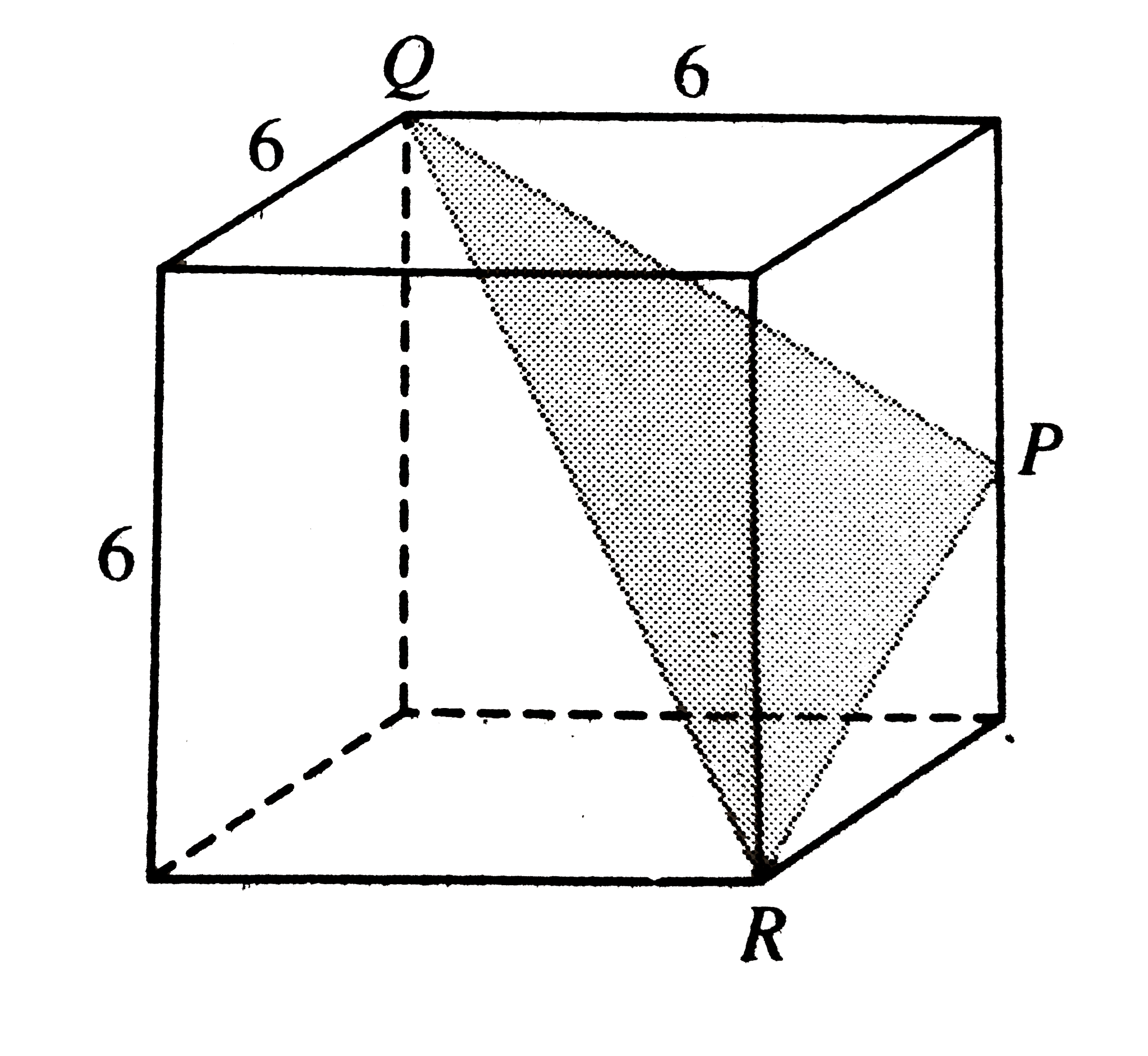sin3θ2cos2θ+1=12 if (n∈Z)
θ=2nπ+π6
θ=2nπ−π6
θ=nπ+(−1)nπ6
θ−nπ−π6
The correct Answer is:C
To solve the equation sin3θ2cos2θ+1=12, we will follow these steps:
Step 1: Rewrite the equation
Start by cross-multiplying to eliminate the fraction:
sin3θ=12(2cos2θ+1)
Step 2: Use trigonometric identities
Recall the identities:
- sin3θ=3sinθ−4sin3θ
- cos2θ=1−2sin2θ
Substituting these identities into the equation gives:
3sinθ−4sin3θ=12(2(1−2sin2θ)+1)
Step 3: Simplify the right side
Simplifying the right side:
3sinθ−4sin3θ=12(2−4sin2θ+1)=12(3−4sin2θ)
This simplifies to:
3sinθ−4sin3θ=32−2sin2θ
Step 4: Rearrange the equation
Rearranging gives:
3sinθ−4sin3θ+2sin2θ−32=0
Step 5: Multiply through by 2 to eliminate the fraction
Multiply the entire equation by 2:
6sinθ−8sin3θ+4sin2θ−3=0
Step 6: Rearrange into standard polynomial form
Rearranging gives:
−8sin3θ+4sin2θ+6sinθ−3=0
or
8sin3θ−4sin2θ−6sinθ+3=0
Step 7: Solve for sinθ
Let x=sinθ. The equation becomes:
8x3−4x2−6x+3=0
Step 8: Use the Rational Root Theorem or synthetic division
Testing possible rational roots, we find that x=12 is a root.
Step 9: Factor the polynomial
Using synthetic division, we can factor the polynomial:
8x3−4x2−6x+3=(x−12)(8x2+4x−6)
Step 10: Solve the quadratic equation
Now, solve 8x2+4x−6=0 using the quadratic formula:
x=−b±√b2−4ac2a=−4±√16+19216=−4±1416
This gives:
x=1016=58andx=−1816=−98(not valid since x must be in (−1,1))
Step 11: Find angles for valid solutions
Thus, we have:
sinθ=12⇒θ=nπ+(−1)nπ6(n∈Z)
Final Answer
The solutions for θ are:
θ=nπ+(−1)nπ6,n∈Z
Start by cross-multiplying to eliminate the fraction:
sin3θ=12(2cos2θ+1)
Recall the identities:
- sin3θ=3sinθ−4sin3θ
- cos2θ=1−2sin2θ
3sinθ−4sin3θ=12(2(1−2sin2θ)+1)
Simplifying the right side:
3sinθ−4sin3θ=12(2−4sin2θ+1)=12(3−4sin2θ)
This simplifies to:
3sinθ−4sin3θ=32−2sin2θ
Rearranging gives:
3sinθ−4sin3θ+2sin2θ−32=0
Multiply the entire equation by 2:
6sinθ−8sin3θ+4sin2θ−3=0
Rearranging gives:
−8sin3θ+4sin2θ+6sinθ−3=0
or
8sin3θ−4sin2θ−6sinθ+3=0
Let x=sinθ. The equation becomes:
8x3−4x2−6x+3=0
Testing possible rational roots, we find that x=12 is a root.
Using synthetic division, we can factor the polynomial:
8x3−4x2−6x+3=(x−12)(8x2+4x−6)
Now, solve 8x2+4x−6=0 using the quadratic formula:
x=−b±√b2−4ac2a=−4±√16+19216=−4±1416
This gives:
x=1016=58andx=−1816=−98(not valid since x must be in (−1,1))
Thus, we have:
sinθ=12⇒θ=nπ+(−1)nπ6(n∈Z)
The solutions for θ are:
θ=nπ+(−1)nπ6,n∈Z
Similar Questions
Knowledge Check
If 3sin2θ1−cos2θ=12 and 0∘≤θ180∘ , then θ=
 A0∘B0∘ or 180∘C80.5∘D0∘ or 80.5∘
A0∘B0∘ or 180∘C80.5∘D0∘ or 80.5∘
Prove that:
(a) sin2θ1+cos2θ=tanθ (b) 1+sin2θ+cos2θ1+sin2θ−cos2θ=cotθ
View SolutionLet fn(θ)=2sin.θ2sin.3θ2+2sin.θ2sin.5θ2+2sin.θ2sin.7θ2+...+2sin(2n+1)θ2,n∈N,
then which of the following is/are correct ?
View SolutionProve that : 2cos2nθ+12cosθ+1=(2cosθ−1)(2cos2θ−1)(2cos22θ−1)…(2cos2n−1θ−1)
View SolutionOne of the general solutions of 4sinθsin2θsin4θ=sin3θ is (3n±1)π12,∀n∈Z (4n±1)π9,∀n∈Z (3n±1)π12,∀n∈Z (3n±1)π3,∀n∈Z
View SolutionProve that: a) sin2θ1+cos2θ=tanθ b) 1+sin2θ+cos2θ1+sin2θ−cos2θ=cotθ
View SolutionIf cos3θ(1−sinθ)+sin3θ(1+cosθ)=1+cosθ, then number of possible values of θ is ( where θ∈[0,2π])
View SolutionIf k1=tan27θ−tanθandk2=sinθcos3θ+sin3θcos9θ+sin9θcos27θthen,
View Solution
